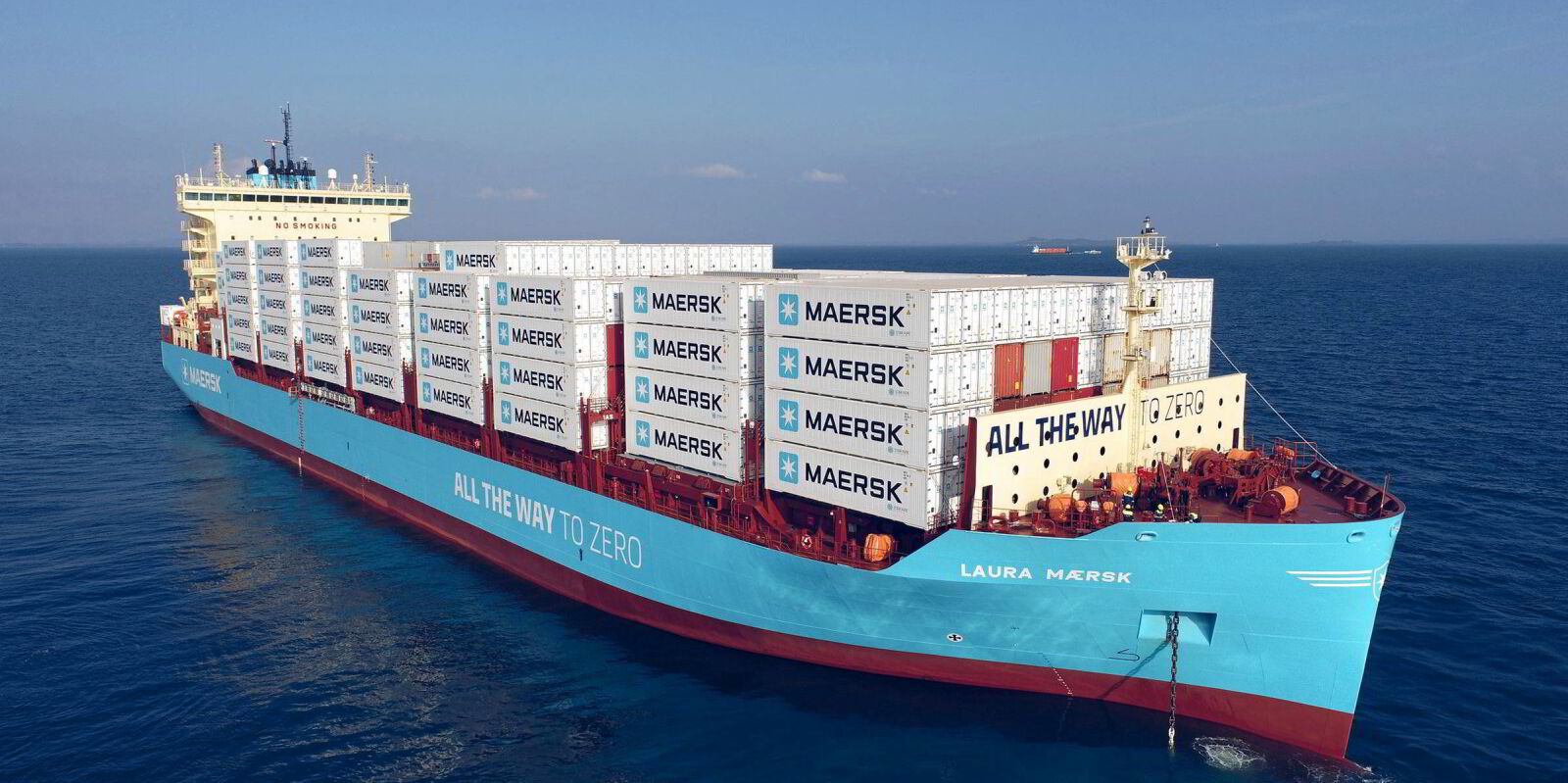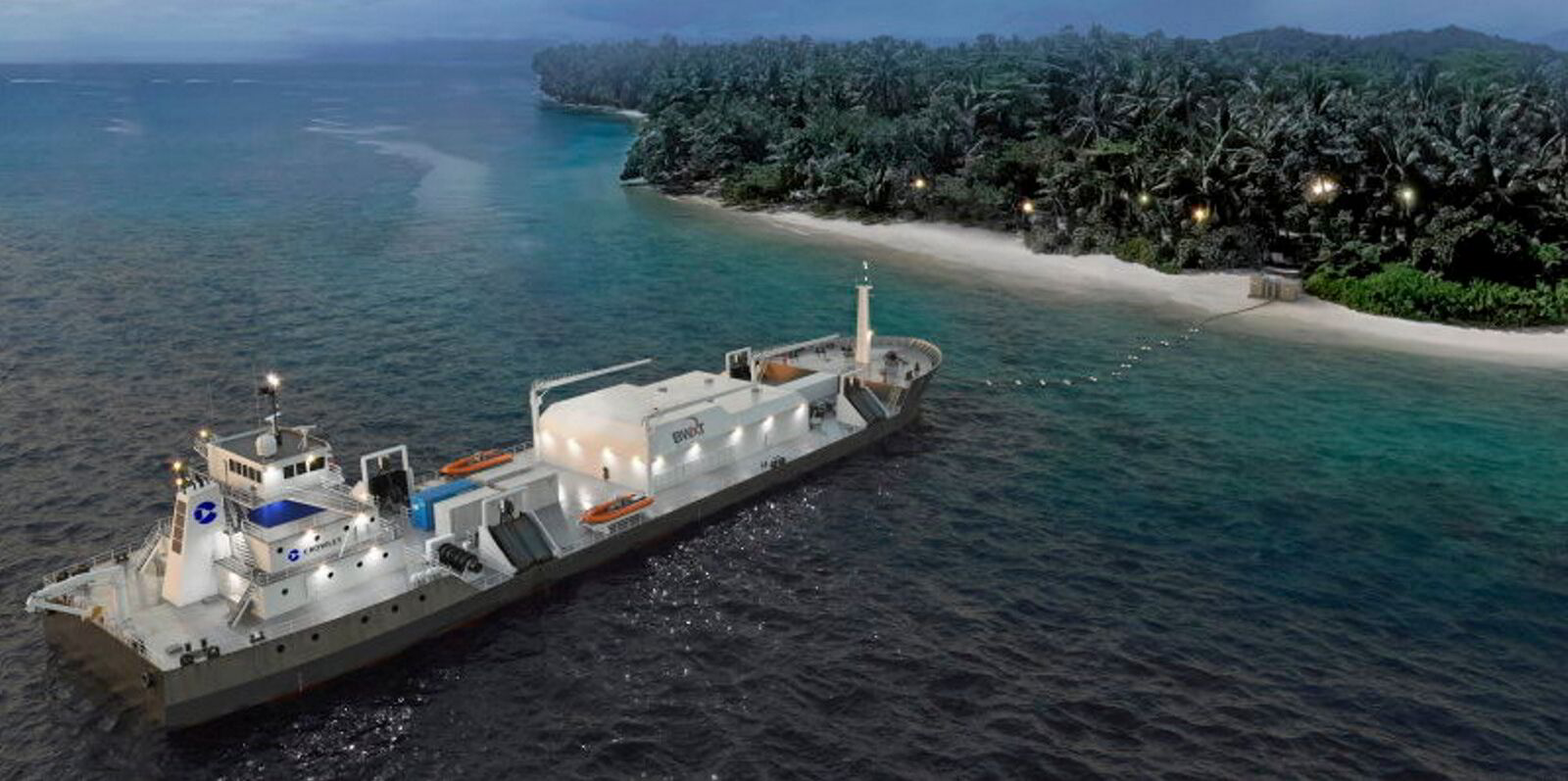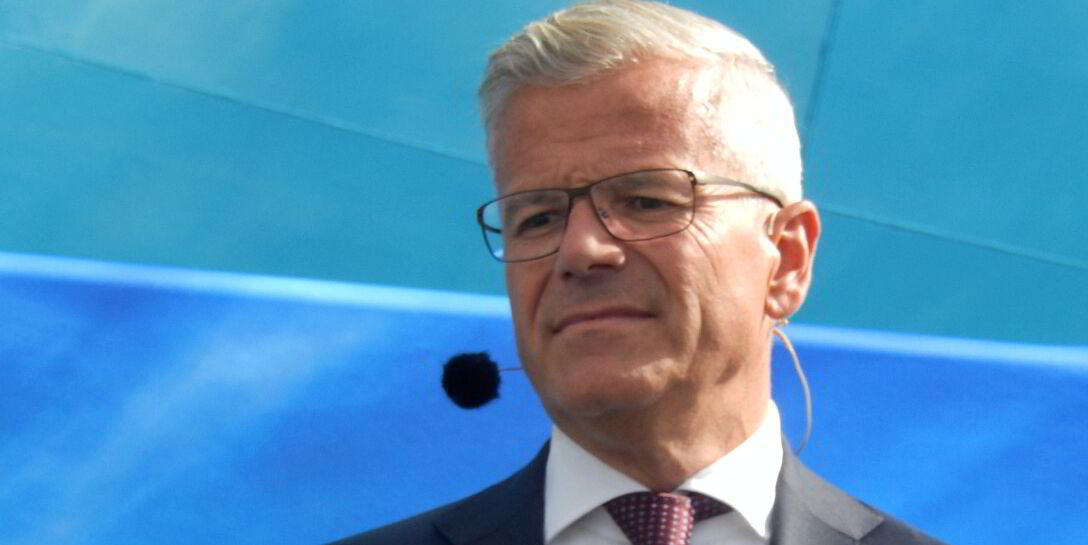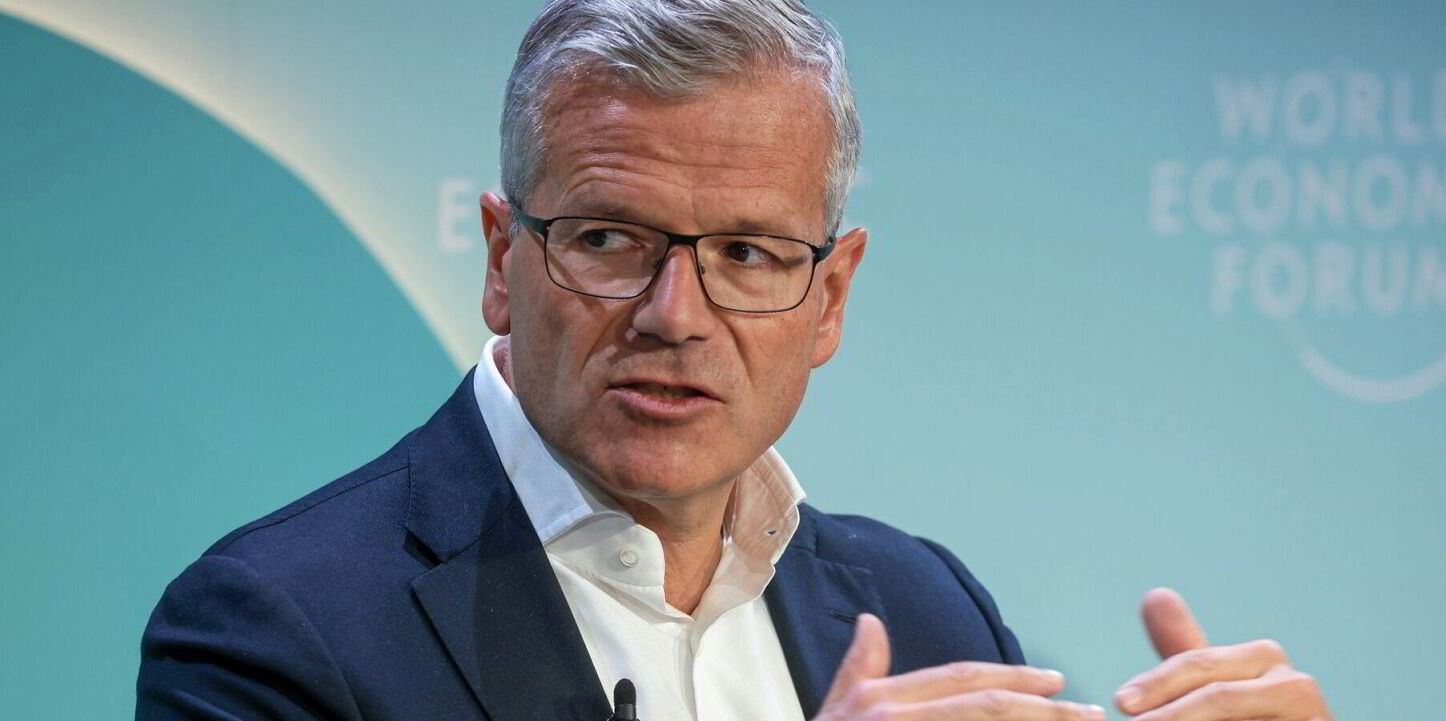AP Moller-Maersk is considering adding nuclear energy to the mix of fuel choices.
Having pivoted away from methanol towards LNG dual-fuel vessels, the Danish liner giant has teamed up on a project to explore the regulatory assessment of a next-generation nuclear-propelled feeder container ship.
The joint study also involves classification society Lloyd’s Register and UK maritime and technology nuclear innovation start-up Core Power.
The partners will determine the safety and regulatory conditions for the vessel to undertake cargo operations in a port in Europe.
The project signals a radical new direction for the world’s second-largest liner operator. Until recently, Maersk had been pinning its zero-carbon ambitions on methanol, but it is looking to hedge its bets with a mix of fuels.
Maersk officials believe that nuclear power could potentially mature into another decarbonisation pathway for the logistics industry within a decade.
Ole Graa Jakobsen, head of fleet technology, said: “Nuclear power holds a number of challenges related to classification: internal example safety, waste management and regulatory acceptance across regions — and so far, the downsides have clearly outweighed the benefits of the technology.
“If these challenges can be addressed by the development of the new so-called fourth-generation reactor designs, nuclear power could potentially mature into another possible decarbonisation pathway for the logistics industry 10 to 15 years in the future.
“Therefore, we continue to monitor and assess this technology, along with all other low-emission solutions.”
Exciting journey
The joint study will investigate the improved operational and regulatory understanding that is needed for the application of nuclear power in container shipping.
It will provide insight for members of the maritime value chain who are exploring the business case for nuclear power to help shape their fleet strategy towards achieving net-zero greenhouse gas emissions.
“The initiation of this joint study marks the beginning of an exciting journey towards unlocking the potential of nuclear power in the maritime industry,” said Nick Brown, chief executive of Lloyd’s Register.
That would pave the way for emissions-free operations, more agile service networks and greater efficiency through the supply chain, he added.
“A multi-fuel pathway to decarbonising the maritime industry is crucial to ensuring we as an industry meet the IMO’s emission reduction targets, and nuclear propulsion shows signs of playing a key role in this energy transition,” he said.
Nuclear net zero
Major shipping players remain sceptical of the place of nuclear in the fuel mix, given the more advanced development of other green fuels and the public, environmental, regulatory and economic barriers.
But Core Power, set up in 2018, is part of a consortium — which includes Bill Gates-founded TerraPower — looking to transform nuclear power from a fringe offering to a vital element of shipping’s efforts to become net zero.
“There’s no net zero without nuclear,” said Core Power CEO Mikal Boe.
“A critical key to unlocking the vast potential for nuclear energy to transform how the maritime sector is powered is the standards framework for commercial insurability of floating nuclear power plants and nuclear-powered ships that would operate in nearshore environments, ports and waterways.”
China’s Jiangnan Shipyard hopes to build the world’s first vessel powered by molten salt reactor technology.
A prototype for a huge 24,000-teu nuclear-powered container ship was unveiled last year at Marintec China.(Copyright)







